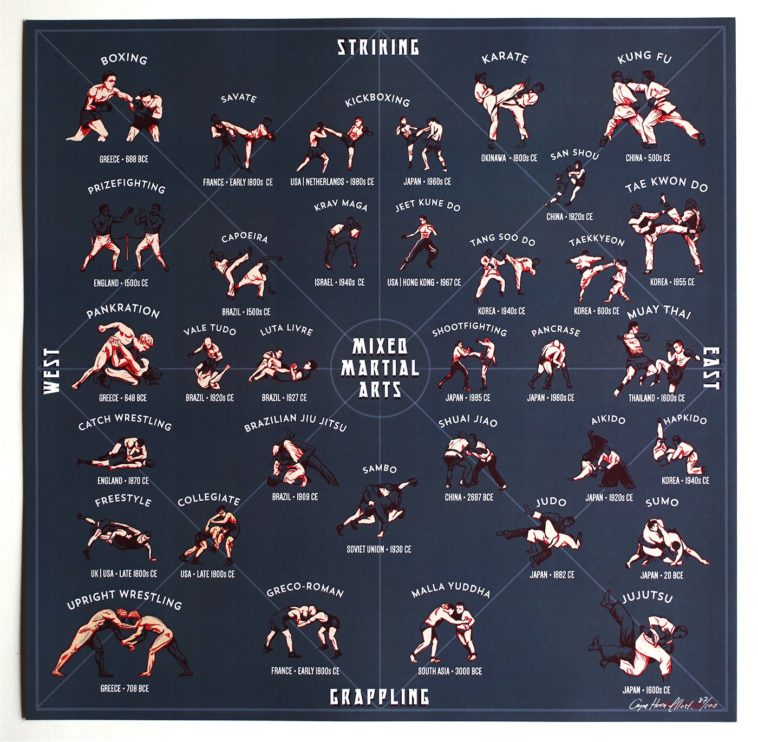Practical Tips And Methods For Making Use Of Taekwondo In Protection
Practical Tips And Methods For Making Use Of Taekwondo In Protection
Blog Article
Writer-Gissel Kudsk
Looking to boost your personal safety approaches? Taekwondo, a fighting style known for its swift kicks and effective strikes, may simply be the skill set you require.
With its focus on protection techniques, Taekwondo uses sensible pointers and methods that can be applied in real-life circumstances. Whether you're a beginner or have some experience, this discussion will certainly give you with beneficial insights and methods to improve your Taekwondo skills for protection.
So, prepare to open the secrets behind Taekwondo's performance in protecting on your own, and uncover exactly how you can progress equipped to take care of any type of potential danger.
Basic Taekwondo Techniques for Self-Defense
To effectively safeguard on your own utilizing Taekwondo, it's vital to master fundamental methods that permit you to respond quickly and emphatically in any type of self-defense situation.
One of the fundamental strategies in Taekwondo is the front kick. This technique involves lifting your knee to your chest and prolonging your leg forward, intending to strike your challenger's upper body or confront with the ball of your foot.
One more essential method is the roundhouse kick. With this kick, you pivot on your sustaining foot and turn your leg in a round activity, aiming to strike your challenger's body or head with the top of your foot or shin.
The side kick is an additional effective strategy, involving a fast and effective thrust of your leg to strike your challenger's midsection.
Effective Approaches for Using Taekwondo in Real-Life Situations
After mastering the basic techniques of Taekwondo for protection, it's important to create effective strategies that can be used in real-life situations.
Right here are three key methods to aid you utilize Taekwondo effectively:
- Remain tranquility and focused: In a real-life situation, it's simple to stress or come to be overwhelmed. However, by staying calmness and concentrated, you can assume much more clearly and make better decisions.
- Use your surroundings: Taekwondo isn't nearly kicks and punches. It has to do with utilizing your environment to your benefit. Look for items that can be made use of for defense or to develop distance in between you and your assaulter.
- https://bestmartialartsforanxiety65420.blog2news.com/33841768/mastering-taekwondo-tips-for-improving-your-kicks-and-strikes for weak spots: When safeguarding yourself, go for the vulnerable points of your enemy. Strikes to the eyes, throat, groin, or knees can swiftly disable a challenger and offer you the advantage.
Tips for Improving Your Taekwondo Abilities for Self-Defense
Establishing your Taekwondo abilities for self-defense requires regular practice and a concentrate on vital strategies.
To boost your skills, start by grasping the fundamentals. Deal with your position, balance, and footwork to ensure a strong foundation.
Exercise your kicks and punches to create rate, power, and precision. Integrate protective strategies such as blocks and parries into your training to properly defend on your own against assaults.
Consistently spar with a partner to replicate real-life situations and enhance your response time and decision-making skills.
Additionally, cross-training in various other fighting styles or fight sporting activities can provide an all-round approach to protection.
Conclusion
As you get out of the taekwondo workshop, your mind is filled with brand-new strategies and strategies for protection. when should kids learn martial arts feel confident in your capability to shield on your own in real-life circumstances.
Yet in the middle of the power and poise of taekwondo, keep in mind that true protection lies not just in physical expertise, but also in the capacity to prevent conflict and diffuse tense scenarios.
Taekwondo is an effective tool, yet it is necessary to use it carefully and responsibly.
